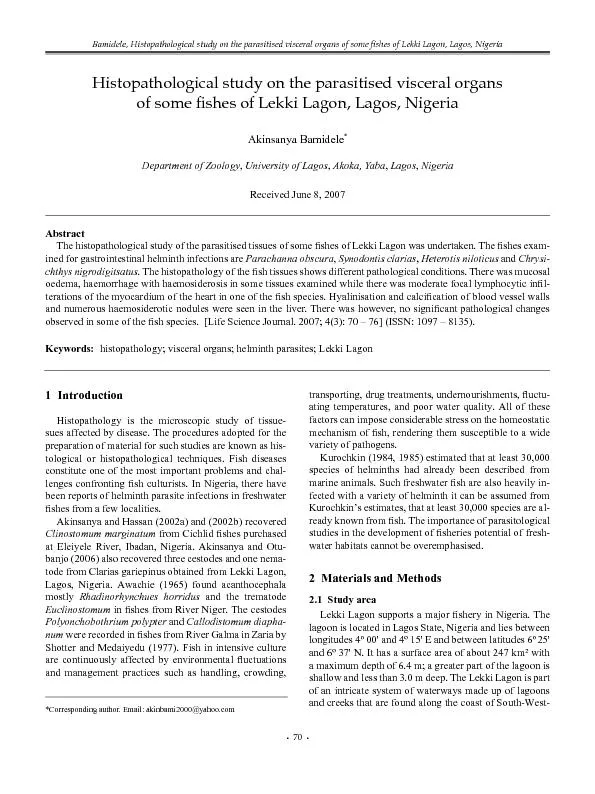PDF-ern Nigeria from the Dahomey border to the Niger Delta
Author : conchita-marotz | Published Date : 2016-07-06
Bamidele stretching over a distance of about 200 km It is fed by the River Oni discharging to the Northeastern and Rivers Oshun and Saga discharging into Northwestern
Presentation Embed Code
Download Presentation
Download Presentation The PPT/PDF document "ern Nigeria from the Dahomey border to t..." is the property of its rightful owner. Permission is granted to download and print the materials on this website for personal, non-commercial use only, and to display it on your personal computer provided you do not modify the materials and that you retain all copyright notices contained in the materials. By downloading content from our website, you accept the terms of this agreement.
ern Nigeria from the Dahomey border to the Niger Delta: Transcript
Download Rules Of Document
"ern Nigeria from the Dahomey border to the Niger Delta"The content belongs to its owner. You may download and print it for personal use, without modification, and keep all copyright notices. By downloading, you agree to these terms.
Related Documents














